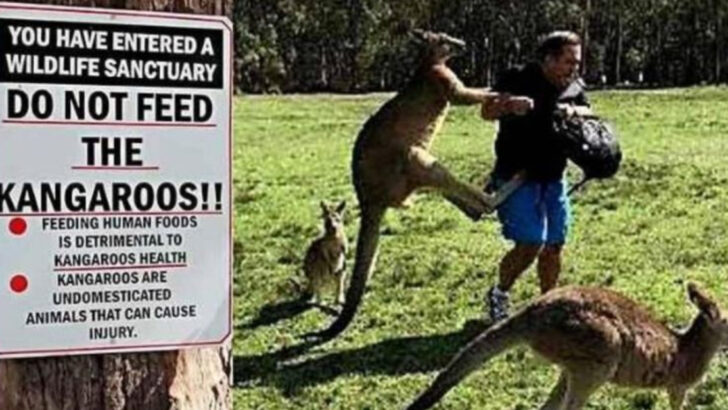Looks can be deadly. Some animals seem innocent—cute, quiet, or even slow—but they’ve silently caused deadly encounters. From the tiny but venomous blue-ringed octopus to the seemingly gentle hippo, these 13 creatures prove that danger often hides behind a harmless face. And sometimes, a moment’s mistake or bad luck turns a peaceful encounter into a deadly one. Curious how a slow-moving tortoise or a fluffy caterpillar ended up on this list? Get ready for stories that will shock, surprise, and maybe make you think twice the next time you spot something “safe.” Nature’s deadliest secrets often come in the most unsuspecting packages. Brace yourself—this is survival’s darker side.
Elephant
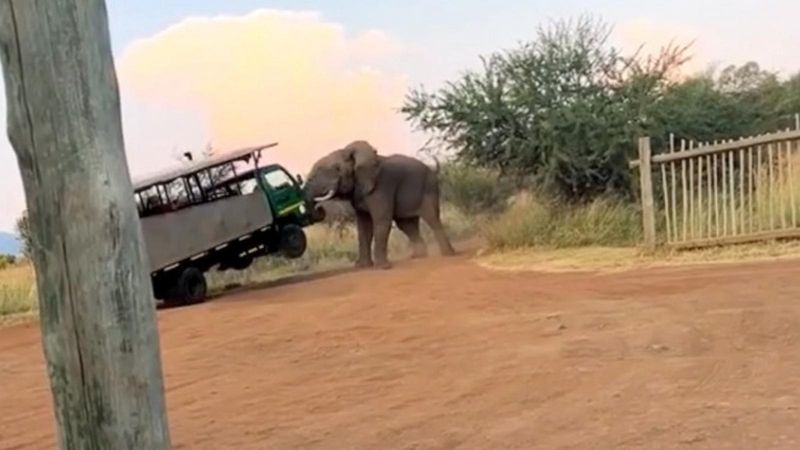
With their gentle, lumbering presence, elephants are often seen as the wise giants of the animal kingdom. However, this majestic creature can be quite unpredictable, especially when protecting its young or territory. In one tragic incident, an elephant charged at a safari vehicle, leading to a fatal outcome for an unsuspecting tourist.
The sheer size and strength of these mammals make them a force to be reckoned with. Despite their usual calm disposition, they can become aggressive if they feel threatened. It serves as a stark reminder of the power hidden beneath their tranquil exterior.
Box Jellyfish

The box jellyfish, a delicate marine creature, glides smoothly through the ocean’s depths. Its translucent body and gentle appearance betray its deadly sting. A swimmer, unaware of its presence, suffered a lethal encounter in Australian waters.
This jellyfish’s venom is among the most potent in the world, causing heart failure and death in minutes. The beauty of the jellyfish belies its lethality, making it a silent assassin in tropical seas. Swimmers are advised to exercise extreme caution, as the ocean’s serene surface may hide this lethal predator beneath.
Hippopotamus

Despite their rotund, amiable appearance, hippopotamuses are responsible for more human deaths in Africa than any other large animal. Their territorial nature and surprising speed on land make them unpredictable and dangerous.
A tourist once witnessed a hippo overturning a boat, leading to a tragic drowning. With powerful jaws capable of crushing bones, hippos are not to be underestimated. While they may appear sluggish and docile, their aggressive behavior when threatened proves otherwise. This serves as a cautionary tale of the dangers lurking in Africa’s waterways.
Cone Snail
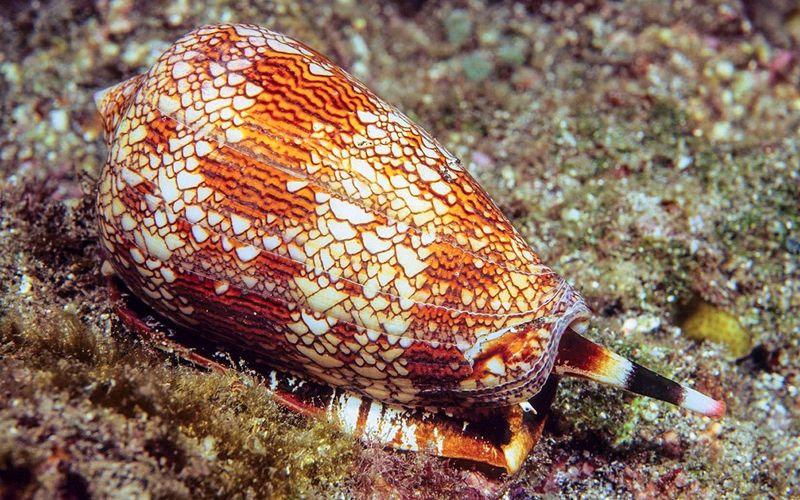
A tiny, vividly patterned cone snail might seem like an innocuous shell collector’s dream. However, these marine creatures possess a venomous harpoon capable of delivering a fatal sting. One diver met an unfortunate end after mistaking its beauty for harmlessness.
The cone snail’s venom can cause paralysis and even death, acting swiftly and without mercy. The intricate beauty of these snails masks their lethal potential. It’s a reminder of the unexpected dangers in the ocean’s depths, where even the smallest creatures can pack a deadly punch.
Cassowary
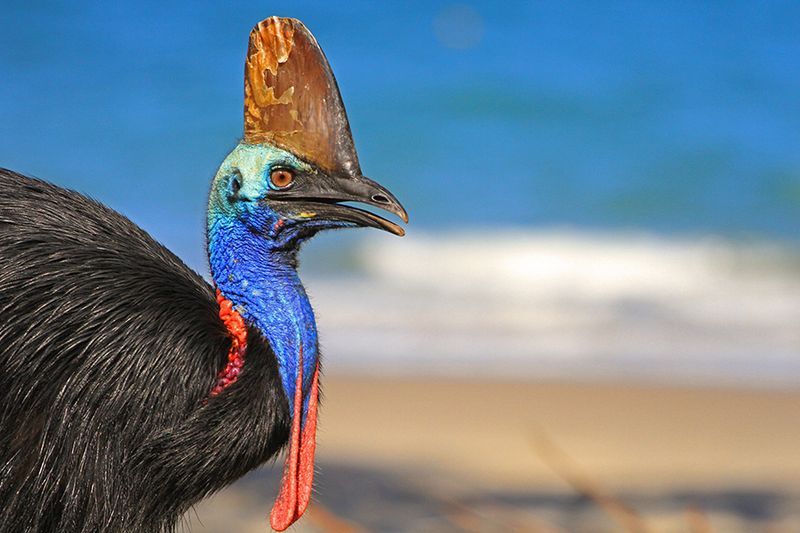
The cassowary, with its striking blue and black feathers, is a sight to behold in the rainforests of Australia. Known for its aggressive nature, a cassowary once fatally attacked a man, using its razor-sharp claws.
These birds can reach speeds of up to 30 miles per hour, and their powerful legs are capable of delivering deadly kicks. Though they are often admired for their unique appearance, cassowaries demand respect and caution. Their aggression, coupled with their physical prowess, makes them a formidable presence in their natural habitat.
Pufferfish
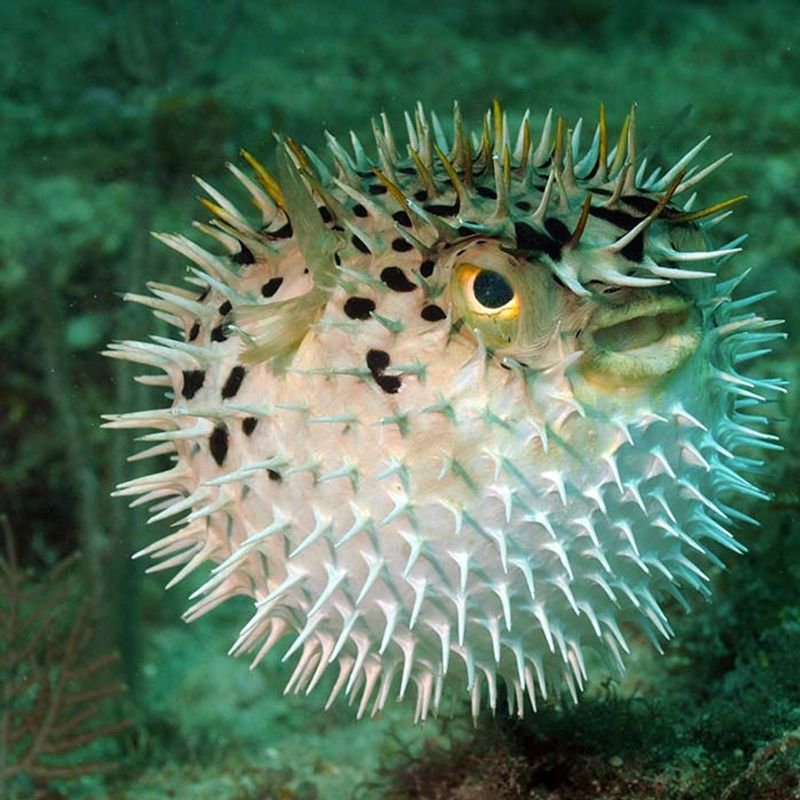
Pufferfish, with their comical, inflated appearance, are a favorite among divers. Yet, their charm conceals a deadly secret: tetrodotoxin, a potent poison. A misstep in preparation turned a delicacy into a fatal meal for an unsuspecting diner in Japan.
The pufferfish’s toxin can paralyze and kill, with no known antidote. This fish’s unique defense mechanism serves as a fatal warning. While they might appear harmless and amusing, the hidden dangers of the pufferfish are a testament to nature’s capacity for deception. Caution is necessary when dealing with such toxic creatures.
Blue-Ringed Octopus
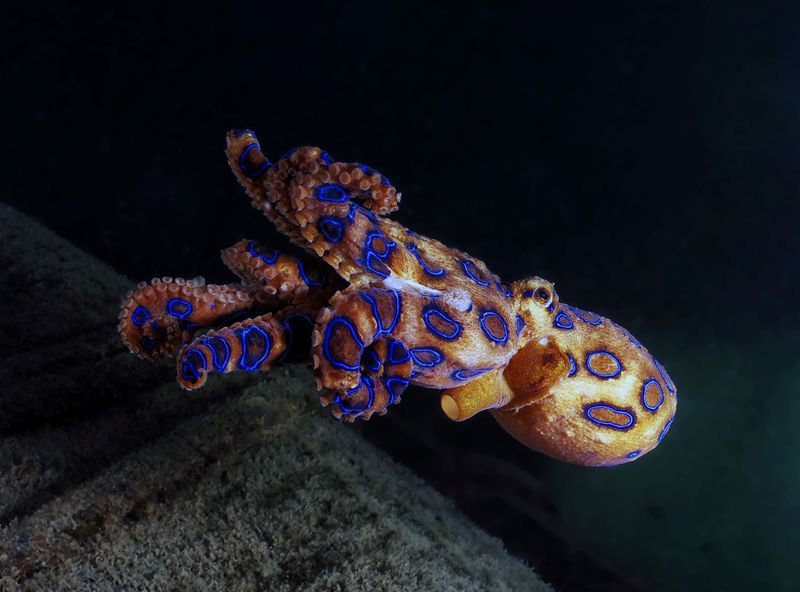
The blue-ringed octopus is a master of disguise, its small size and colorful patterns enchanting to those who encounter it. Yet, its venom is potent enough to kill humans within minutes, as experienced by an unfortunate beachgoer in Australia.
These tiny creatures are often overlooked, but their deadly bite is a potent reminder of the risks that lurk in tide pools. Despite their allure, they should be admired from a distance. Their vivid blue rings serve as a stark warning of the lethal potential hidden within their delicate bodies.
Cape Buffalo

With their imposing stature and formidable horns, Cape buffaloes demand respect in Africa’s wildlife landscape. These herbivores are known for their unpredictable nature and have charged hunters and tourists alike, leading to fatal outcomes.
A hunter once faced a cape buffalo’s wrath, resulting in a deadly confrontation. Despite their herbivorous diet, their defensive instincts make them a force in the wild. They embody the untamed spirit of the savannah, reminding us that even the most steadfast creatures can be perilous. Their unpredictability is a challenge for those who venture too close.
Deer
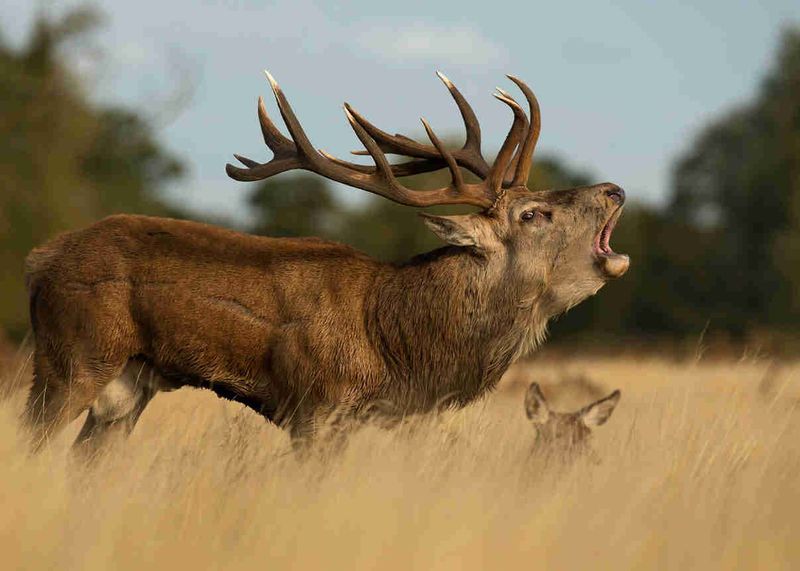
Often depicted as symbols of grace and beauty, deer can pose unexpected dangers during the rutting season. A man was tragically gored by an aggressive stag defending its territory.
These creatures, normally peaceful, become highly territorial and combative in mating season. Their antlers, used in displays of dominance, can inflict serious injury. The incident serves as a reminder of the wild instincts that exist beneath their serene exterior. While they often symbolize tranquility, deer can unexpectedly become dangerous when provoked during specific times of the year.
Swans

The elegant swan, often a symbol of romance and peace, hides a fiercely territorial side. One tragic encounter involved a swan attacking a man in a kayak, leading to his untimely death.
Swans protect their nests with surprising aggression, especially during breeding season. Despite their beauty, they can become highly defensive, using their powerful wings to strike potential threats. This majestic bird’s grace is contrasted by its protective nature. It’s a poignant reminder that even the most beautiful creatures can harbor a dangerous side when their home is threatened.
Slow Loris

With their big, soulful eyes, slow lorises are often perceived as innocent creatures. However, they possess a venomous bite capable of causing anaphylactic shock, leading to fatalities.
A zookeeper in Asia experienced a severe reaction after a bite from a slow loris. Though they appear docile, their bite is a defense mechanism against predators. The allure of their cute appearance masks a potential danger. This tiny primate serves as a reminder that even the most seemingly benign creatures can harbor unexpected threats beneath their exterior.
Kangaroo

Kangaroos, with their iconic hopping and endearing pouches, are Australia’s national symbol. However, they can be surprisingly aggressive, as one hiker found during an altercation that ended fatally.
These marsupials are known to deliver powerful kicks when threatened. Though often seen lounging in the sun, kangaroos have a wild side that surfaces when they feel cornered. Their strength and agility make them formidable opponents. This serves as a cautionary tale of the unexpected perils hidden within the outback, even among creatures that appear benign.
Leopard Seal
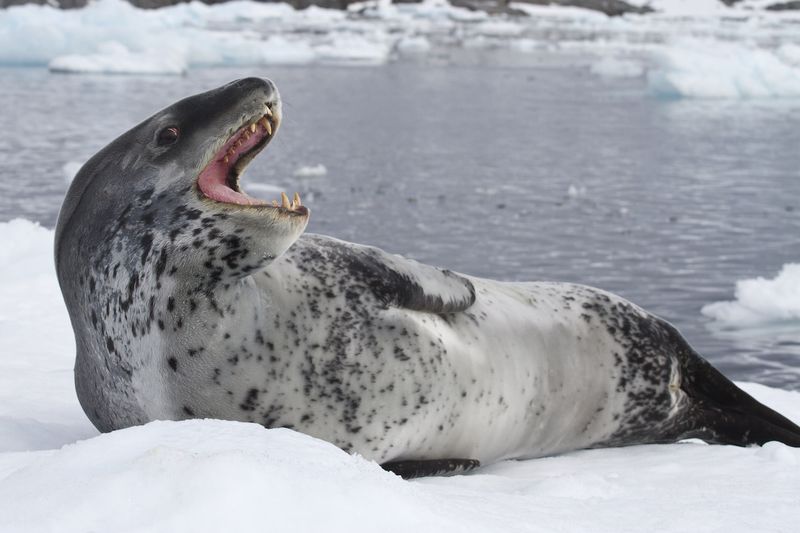
Leopard seals, with their sleek, spotted fur, are captivating predators of the Antarctic. A marine biologist tragically drowned after a leopard seal dragged her underwater.
Their playful appearance belies their role as apex predators, capable of hunting penguins and other marine life. Inquisitive and powerful, leopard seals explore their environment with curiosity that can turn deadly. While they are often admired for their beauty and grace, these seals command respect in their icy domain. The incident underscores the inherent risks of interacting with wildlife, even in remote regions.

